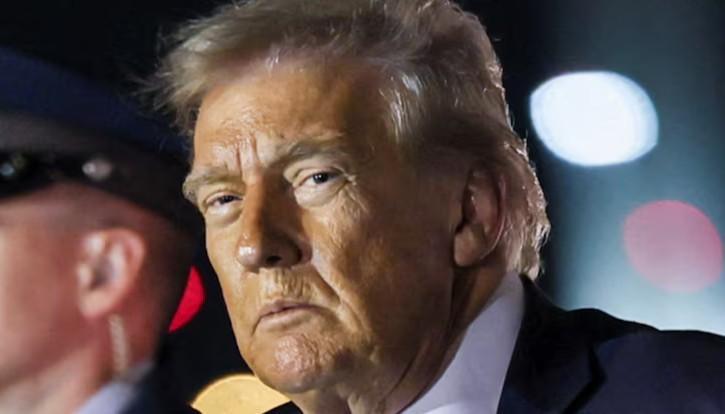
US President Trump Proposes $163 Billion Cut to Federal Budget
On May 2, 2025, US President Donald Trump’s administration unveiled its proposed budget for the upcoming year, which includes a significant cut of $163 billion to federal spending. The proposed budget aims to reduce non-defense discretionary spending by a staggering 23%, a move that has sparked controversy and debate among lawmakers and experts.
The proposed budget, which is a blueprint for the administration’s fiscal year 2026, allocates $4.8 trillion in total spending. The cuts would be achieved through a combination of reducing funding for various government programs and agencies, as well as cutting discretionary spending.
“We need a historic Budget-one that puts Americans first,” said Russ Vought, Director of the Office of Management and Budget (OMB), in a statement. “This budget does just that, prioritizing the needs of the American people while also ensuring our nation’s continued prosperity and security.”
The proposed budget includes several key changes to federal spending, including:
- A 13% increase in defense spending, which would bring the total defense budget to $742 billion. This increase is expected to fund a range of military programs, including the development of new weapons systems and personnel compensation.
- A nearly 65% increase in homeland security spending, which would bring the total homeland security budget to $55 billion. This increase is expected to fund a range of programs aimed at preventing and responding to domestic terrorism, as well as improving cybersecurity.
- A 23% cut to non-defense discretionary spending, which would bring the total non-defense discretionary budget to $544 billion. This cut would affect a range of government programs, including those related to education, healthcare, transportation, and environmental protection.
The proposed budget also includes several key initiatives aimed at reducing the national debt and improving the federal budget process. These initiatives include:
- A requirement that all new federal regulations be cost-benefit analyzed to ensure that they align with the administration’s fiscal goals.
- A proposal to limit the use of emergency spending authority, which would help to reduce the likelihood of future budget crises.
- A plan to reduce the national debt by $1 trillion over the next decade through a combination of spending cuts and revenue increases.
While the proposed budget has been met with praise from some lawmakers and experts, it has also been criticized by others. Many have argued that the cuts to non-defense discretionary spending would have a disproportionate impact on vulnerable populations, such as low-income families and individuals with disabilities.
“The proposed budget is a disaster for the American people,” said Senator Patty Murray (D-WA), Ranking Member of the Senate Budget Committee. “It would cut vital programs and services that help families get back on their feet, while also increasing defense spending and giving tax breaks to the wealthy.”
The proposed budget is now being reviewed by lawmakers on Capitol Hill, and it is expected to face significant opposition from Democrats and some Republicans. The budget process is complex and often involves lengthy debates and negotiations between lawmakers and the administration.
In conclusion, the proposed budget unveiled by President Trump’s administration marks a significant shift in the country’s fiscal priorities. While the budget includes some key initiatives aimed at reducing the national debt and improving the federal budget process, it also includes significant cuts to non-defense discretionary spending that could have a disproportionate impact on vulnerable populations.
As the budget process unfolds, it will be important for lawmakers and the administration to engage in a constructive dialogue about the proposed budget and its implications for the American people.






